The Ultimate Guide to Buying the Best Golf Driver

Ever feel like snagging the best golf driver is like hunting for a four-leaf clover? We hear you. From total rookies to golfing pros, it’s a tricky task. Upgrading your game? Replacing an old faithful? Even more challenging. The countless choices out there don’t help either. The million-dollar question then – how do you find that magical driver to slash your score?
Relax. We’ve got it sorted. Welcome to our go-to guide for golf drivers. Here, we’ll unpack the nitty-gritty. You’ll understand the key features of golf drivers. You’ll know how to spot top-notch options. Armed with this info, you’re set. You’ll make a smart, well-informed choice when shopping for your new driver. How’s that for a game-changer?
Let’s swing right in!
Understanding the Importance of the Golf Driver
The golf driver is the foundation of a good set and a good game. It plays a crucial role in setting up your shots on par 4s and par 5s, making it an indispensable part of your arsenal. Golf driver technology has evolved significantly over the years, with manufacturers investing heavily in research and development to create a vast array of drivers with varying features and benefits.
When looking for a new golf driver, it’s essential to consider factors such as head size, materials, loft, adjustability, and shaft options. By understanding these factors and their impact on your game, you’ll be able to make a more informed choice and find a driver that can help you reach your full potential on the course.
Read More: Rock Bottom Golf Buyer’s Guides
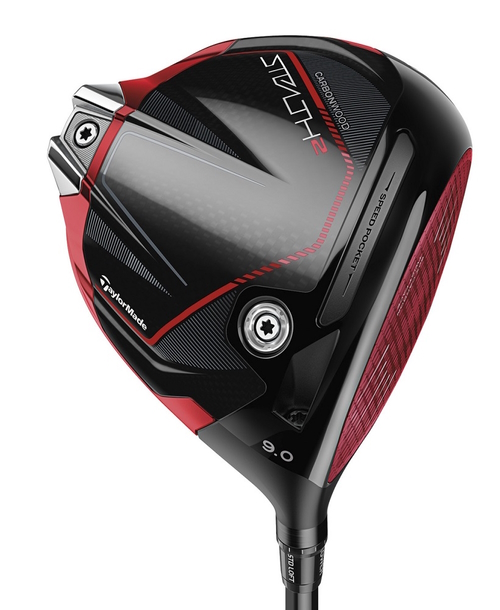
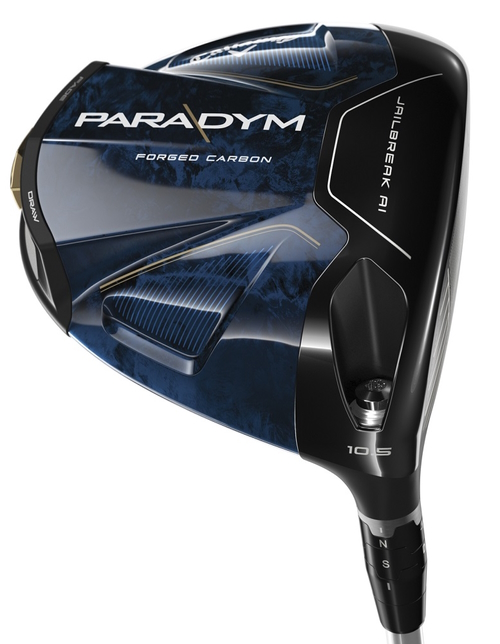
Identifying the Right Head Size for the Best Golf Driver
One of the first things you’ll need to consider when purchasing a golf driver is the head size. Clubheads are measured by volume, in cubic centimeters (cc), with a maximum limit of 460cc. Most drivers on the market fall between 440cc and 460cc.
Larger clubheads, such as those around 460cc, generally offer more forgiveness and are more suitable for beginners or those with slower swing speeds. On the other hand, smaller clubheads, around 440cc, are designed for players who prefer shaping the ball in the air, as they generate different launch conditions.
The shape of the club head can also vary depending on the manufacturer’s desired levels of forgiveness and launch conditions. When selecting your golf driver, consider your skill level and preferences to find the right head size and shape for your game.
Comparing Golf Driver Materials
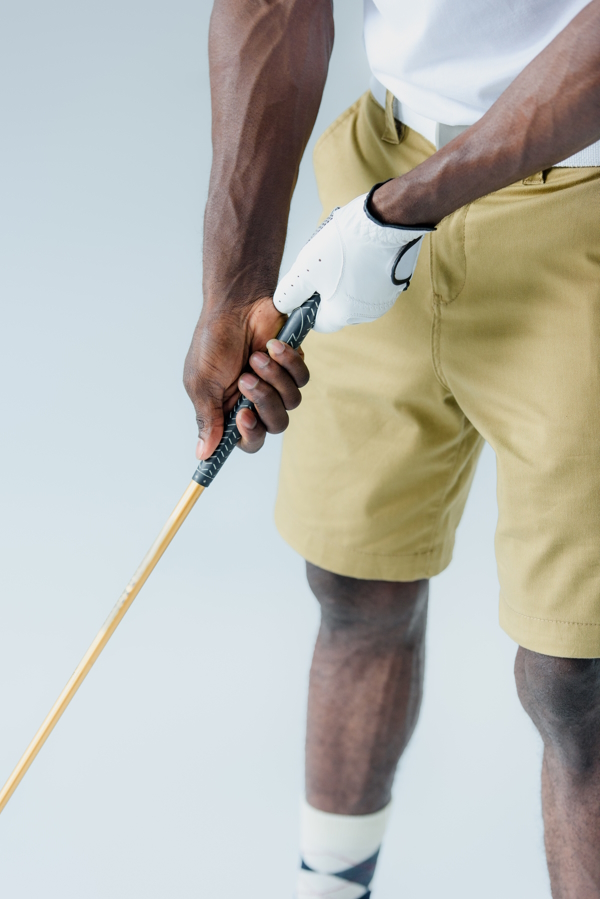
Golf driver technology has come a long way since the days of persimmon woods and steel metal woods. Nowadays, most drivers are made from either titanium or composite materials. Titanium drivers gained popularity due to their strength, durability, and lightweight properties, allowing manufacturers to increase clubhead size without adding extra weight. This, in turn, enables players to swing faster, generate more distance, and benefit from a larger sweet spot.
Composite drivers, on the other hand, combine multiple materials, such as carbon and tungsten, with titanium to enhance performance. Lightweight materials like carbon can reduce the overall weight of the driver, allowing manufacturers to optimize the club’s weighting and center of gravity. Heavier materials like tungsten can improve perimeter weighting, increasing the club’s moment of inertia (MOI) and forgiveness.
When choosing a golf driver, consider the materials used in its construction and how they can impact your game.
Read More: Golf Driver Buying Guide
Suggested: Golf Ball Buying Guide
Suggested: Golf Putter Buying Guide
Understanding MOI and Its Impact on Golf Driver Performance
Moment of inertia (MOI) refers to the resistance of a club to twisting or rotating during impact. The higher the MOI, the more forgiving the club will be when you strike the ball off-center. A driver with a high MOI can help reduce the negative effects of mishits, enabling you to maintain better control and consistency on the course.
When shopping for a golf driver, pay attention to the club’s MOI and consider how it can impact your performance. A more forgiving driver with a higher MOI may be more suitable for beginners or those with less consistent swings, while more advanced players may prefer a lower MOI for greater workability and shot-shaping capabilities.
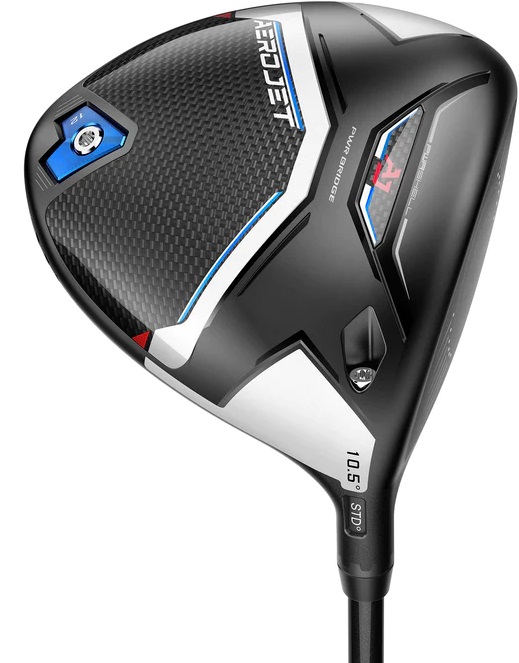
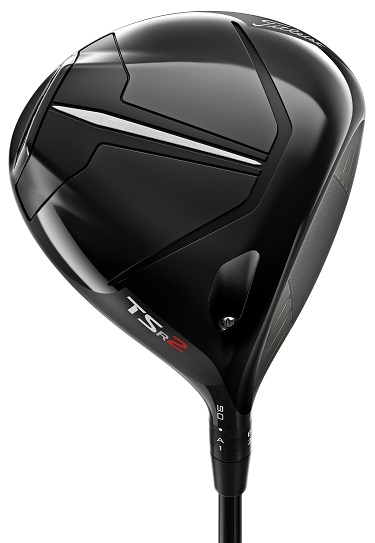
Evaluating Launch Conditions and Loft Options
Launch conditions are a critical factor in determining the performance of your golf driver. They are a combination of several elements that affect how the ball is struck and the resulting flight trajectory. The main factors influencing launch conditions are ball spin and launch angle.
When getting custom-fitted for a driver, you may come across the term “launch conditions.” The ideal launch conditions vary depending on your club head speed and individual swing characteristics. Generally, an ideal launch angle of 10-12 degrees and a ball spin of fewer than 3000 rpm are considered optimal for most golfers.
Loft plays a significant role in determining your driver’s launch conditions. Most drivers offer lofts ranging from 8 to 12 degrees. Golfers with slower swing speeds (around 90 mph or less) typically require higher lofts (10 degrees or more) to optimize their launch conditions. Conversely, lower handicap players or those with swing speeds over 90 mph may benefit from lofts below 10 degrees.
When selecting a golf driver, consider the loft options available and how they can help you achieve the ideal launch conditions for your game.
Exploring Driver Adjustability Features
Many modern golf drivers come with various adjustability features that allow you to customize the club to better suit your swing, size, and playing conditions. These adjustable elements can generally be broken down into three categories: loft, face angle, and weights.
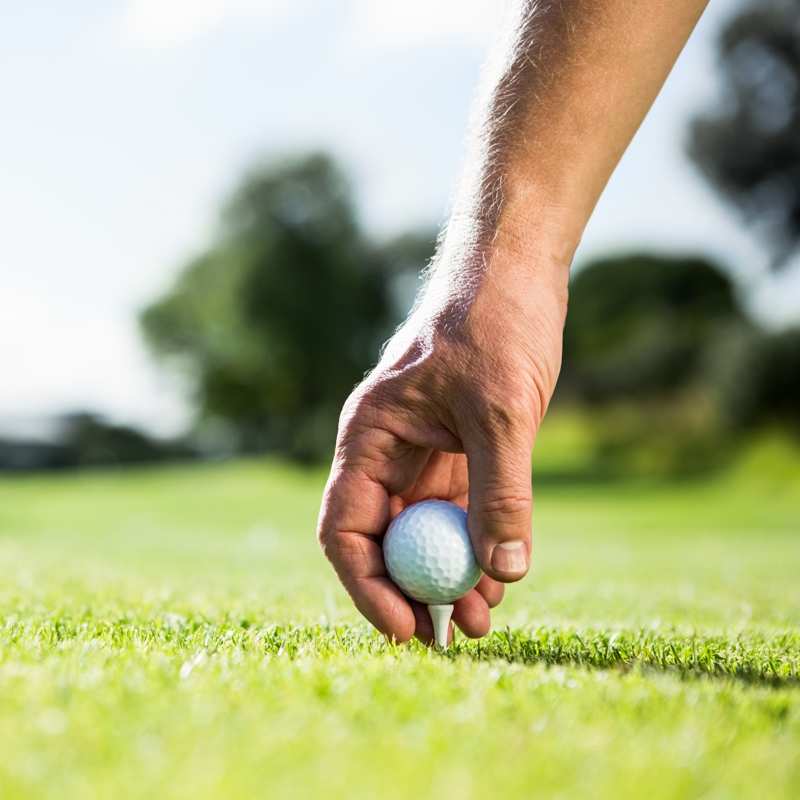
Loft Adjustability
Some golf drivers feature adjustable hosels that enable you to fine-tune the club’s loft, affecting the height, carry, and spin of your shots. Most drivers offer up to 4 or 5 degrees of loft adjustment, depending on the brand and model. Remember that changing the loft can also affect the club’s lie angle, which in turn can influence your ball flight horizontally.
Face Angle Adjustability
Face angle refers to the orientation of the clubface at address. A square face angle is perpendicular to the target, while an open face angle points away from the player, reducing the club’s loft. A closed face angle, conversely, points towards the player and adds loft to the clubface.
Face angle adjustability can help you achieve your preferred look at address and impact your ball flight. For example, if you tend to slice the ball, a closed face angle can help you square the clubface at impact and prevent shots from veering to the right. Conversely, if you tend to hook the ball left, an open face angle can help you achieve a straighter impact position.
Adjustable Weights
Adjustable weights allow you to modify the clubhead’s center of gravity and moment of inertia, which can significantly impact your ball flight. By moving weights around the clubhead, you can create a draw bias (more weight in the heel), a fade bias (more weight in the toe), or even a higher ball flight (more weight in the back portion of the head). Each manufacturer uses adjustability and weights differently, so be sure to explore the various options available.
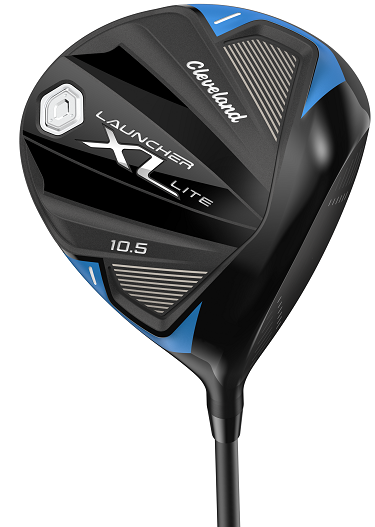
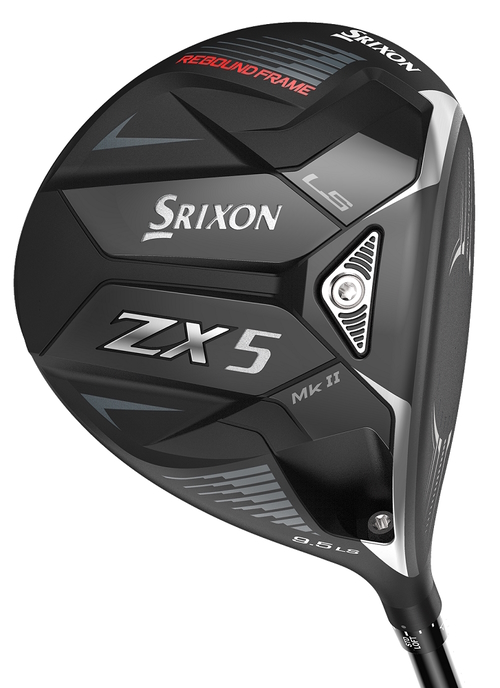
Understanding COR and Smash Factor in Golf Drivers
The coefficient of restitution (COR) is a measure of the energy transfer between the clubhead and the ball. Golf’s governing bodies have set the COR limit at 0.83, meaning no more than 83% of the clubhead’s energy can be transferred to the ball. Smash factor is a related term used by launch monitors to measure the efficiency of energy transfer from your swing to the ball, calculated by dividing ball speed by clubhead speed.
When considering a golf driver, it’s essential to understand the club’s COR and how it relates to your swing and performance. A higher COR can help you achieve more distance and energy transfer, while a lower COR may provide greater control and workability.
Suggested: Golf Wedge Buying Guide
Suggested: Golf Irons Buying Guide
Suggested: Complete Golf Club Buying Guide
Selecting the Right Shaft for Your Golf Driver
The shaft plays a vital role in the performance of your golf driver. The right shaft can help you hit the ball further, straighter, and more consistently. Shaft options are typically available in regular (R), stiff (S), and extra stiff (XS) flexes, as well as lighter or ladies’ flex (L), senior (A), and more extra stiff options (XXS, XXXS).
Lighter, more flexible shafts generally produce higher, right-to-left biased ball flights, while heavier, stiffer shafts tend to launch the ball lower with a greater tendency to shape to the right. When choosing a golf driver, consider the shaft options available and how they can impact your game.
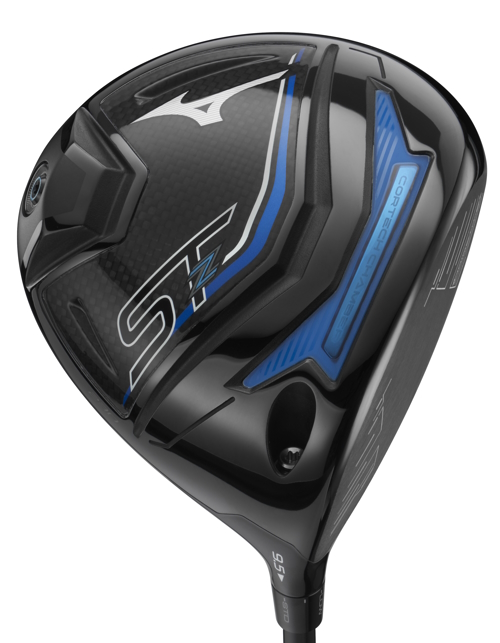
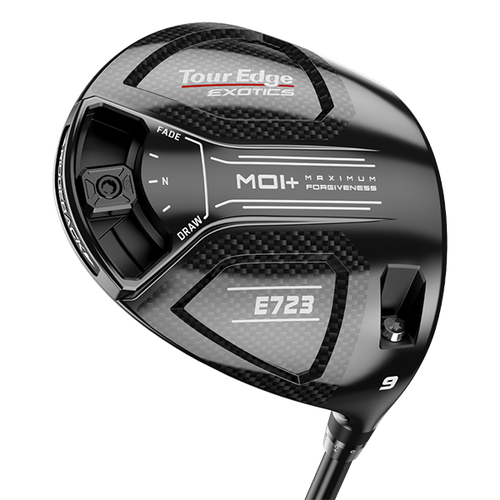
Assessing the Impact of Shaft Length on Golf Driver Performance
The length of your golf driver’s shaft can significantly affect your performance on the course. While the legal limit for driver length is 48 inches, most drivers fall between 43 and 46 inches. Longer drivers can increase clubhead speed and distance, but they may sacrifice control and shot dispersion.
Most drivers feature a shaft length of around 45 inches to strike the ideal balance between distance and control. When selecting a golf driver, consider the shaft length and how it can impact your game.
Custom Fitting: The Key to Finding the Perfect Golf Driver
To find the ideal golf driver for your game, it’s highly recommended to undergo a custom fitting process. A custom fitting session with a professional club fitter can help you identify the right head size, loft, shaft, and adjustability options for your swing and playing style.
What Should You Expect Durning a Custom Fitting?
In a custom fitting, you’ll try out different drivers. You’ll hit several shots. The fitter uses launch monitor data for analysis. They’ll examine your swing and ball flight. This in-depth analysis is essential. It helps the fitter suggest the best golf driver for you. You can then be confident that your club is custom-made for your unique style and needs.
Consider Pre-Owned Or Used Golf Drivers
And for the more budget-friendly option when considering buying the best golf driver, maybe buying used one can be the best option. But be careful! Make sure you buy from a known and reputable pre-owned golf club dealer like Rock Bottom Golf. They even have a 30-day playability guarantee on many of their used and pre-owned drivers. Check it out for yourself!

Read more here about buying used golf clubs!
Conclusion
Choosing the perfect golf driver may seem daunting at first. But, understanding key factors simplifies the task. You need to look at the head size, materials, and loft. Don’t forget adjustability, shaft options, and the value of custom fitting. Armed with this knowledge, your decision becomes easier. You can find a driver that fits your skill, style, and budget. So, take your time. Do thorough research. Soon, you’ll be ready to show your full potential on the course, perfect driver in hand.
Before You Go!
After figuring out what the best driver for your game is, check out the other super articles here! Ever want to know more about golf chippers? Then head on over and read, “The Ultimate Guide to Golf Chippers!” Or are you looking for some new fashionable performance golf shorts? We have you covered! Take a look at “Ideal Golf Shorts for Your Summer Swing in 2023!” Ever want to know more about Titleist or Callaway Golf? Then skip on over and read “Inside Callaway” or “Facts About Titleist!”
Happy golfing, and may your next par 3 be a hole-in-one! 🏌️⛳




Pingback: Golf Shoe Technology: Enhancing Performance on the Greens
Pingback: Golf Shots Mastering and Playing Strategies: A Starter Guide
Pingback: Lowering Your Golf Handicap: The Roadmap to Golfing Excellence - Golf Blog | RockBottomGolf.com